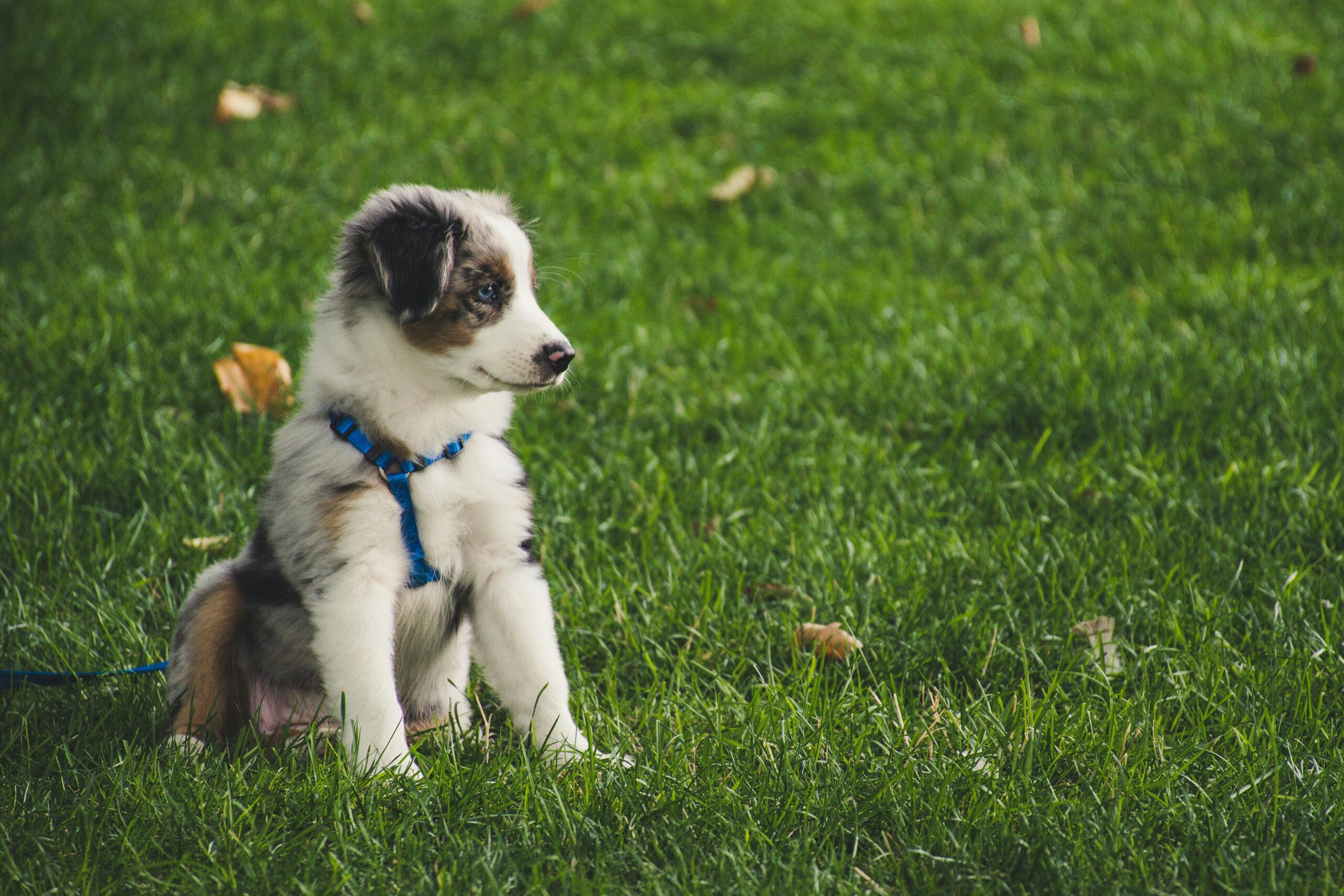Bringing home a new puppy is an exciting and joyful experience, but it also comes with its challenges. One of the most important aspects of puppy ownership is training. Whether you’re working on basic commands or teaching your pup to walk nicely on a leash, effective training lays the foundation for a well-behaved, happy dog. Here are some tips to help you get started on the right paw.
1. Start Early and Be Consistent
Puppies are like little sponges—eager to learn and full of energy. The earlier you start training, the better. The first few months are critical for establishing good habits. Begin with basic commands like “sit,” “stay,” “come,” and “down.” Keep sessions short (about 5-10 minutes) to match their short attention spans.
Consistency is key. Use the same words, gestures, and tones each time you give a command. This helps your puppy understand exactly what’s expected. For example, if you use “sit” today and “sit down” tomorrow, your puppy might get confused. Repetition helps reinforce learning.
2. Use Positive Reinforcement
Positive reinforcement is the most effective training method. It encourages your puppy to repeat good behavior by rewarding them with treats, praise, or playtime. Whenever your puppy follows a command or behaves well, immediately reward them. This creates a strong association between the action and the reward.
Avoid punishment-based training, as it can lead to fear and anxiety. Instead, focus on rewarding good behavior and redirecting unwanted behaviors. For instance, if your puppy chews on furniture, redirect them to a chew toy and reward them when they engage with it.
3. Patience and Persistence
Puppy training takes time and effort. It’s easy to get frustrated when your puppy doesn’t seem to “get it” right away, but remember, they’re still learning how to interact with the world. Patience and persistence are essential.
If your puppy struggles with a particular command, break it down into smaller steps. For example, if teaching “stay” is difficult, start by asking them to stay for just a second or two before releasing them. Gradually increase the duration as they become more comfortable with the command.
4. Socialization is Key
Training isn’t just about commands—it’s also about socializing your puppy with new experiences, people, and other dogs. A well-socialized puppy is less likely to develop fear or aggression issues as they grow older. Take your puppy to different environments and introduce them to a variety of sounds, smells, and sights. Invite friends over and arrange puppy playdates, always ensuring these interactions are positive.
Puppy classes are another great way to socialize your dog while reinforcing basic training. These classes often offer guidance from a professional trainer and give your puppy a chance to meet other dogs in a controlled setting.
5. Crate and Potty Training
Crate training can help with housebreaking and give your puppy a safe space to relax. Make the crate a positive environment by adding comfortable bedding and offering treats or toys when your puppy goes inside. Never use the crate as punishment.
Potty training requires consistency and a routine. Take your puppy outside frequently, especially after meals, naps, and playtime. Praise and reward them every time they go potty in the correct spot. If accidents happen inside, avoid scolding—clean it up and refocus your efforts on prevention by increasing bathroom breaks.
6. Leash Training
Teaching your puppy to walk on a leash is an essential part of their training. Start by letting them get used to wearing a collar or harness, then gradually introduce the leash. Use treats and praise to encourage them to walk alongside you without pulling. If they start pulling, stop walking and wait until they come back to you before continuing. This teaches them that pulling won’t get them where they want to go.
7. Stay Positive and Enjoy the Process
Training a puppy can be exhausting, but it should also be fun! Celebrate the small victories and enjoy the bond you’re building with your new companion. Puppies can sense your mood, so if you’re frustrated, they’ll pick up on that. Stay positive, and remember that every day is an opportunity for your puppy to learn something new.
Final Thoughts
Training your puppy takes time, patience, and a lot of love, but the results are worth it. By starting early, using positive reinforcement, and staying consistent, you’ll set the stage for a well-behaved, happy dog. Socialization, crate training, and leash training are also crucial components of your puppy’s education. Stick with it, enjoy the process, and watch as your puppy grows into a confident, obedient dog.

